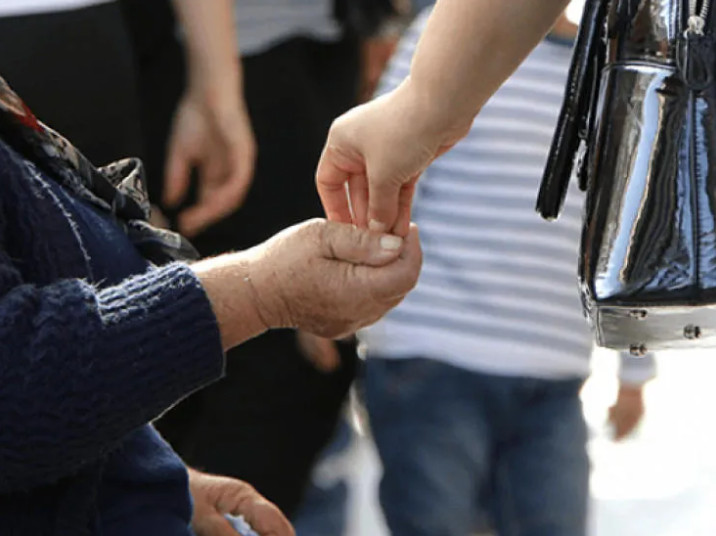
TBILISI, DFWatch–New analyses reveal that prosperity remains unevenly distributed across the country. Experts and local economists say Georgia’s rapid economic growth—often in double digits in recent years—has not been felt equally across regions.
Tbilisi and Batumi are economic outliers, enjoying significantly higher wages, employment opportunities, and quality of life than most other regions. “Compared to cities like Kutaisi or Zugdidi, Tbilisi and Batumi are 10–15 years ahead in development,” said statistician Givi Momtselidze. Internal migration continues to intensify, as rural residents seek better prospects in urban centers.
After a decade of a deteriorating situation under the United National Movement (UNM) and President Saakashvili, Georgia has made notable progress in reducing poverty under Georgian Dream (GD), with the national absolute poverty rate dropping to 9.4% in 2024 from 11.8% the previous year, according to the national statistics agency GeoStat. The steepest improvements were seen among children and rural populations, with income inequality also slightly declining. The Gini index fell to 33.3 in 2024—down from a peak of 39.0 in 2012, the year GD came to power.
But despite the fall in poverty and improvements in Georgia’s Human Development Index (now 0.844), inequality-adjusted HDI remains lower at 0.754—highlighting persistent gaps in access to income, healthcare, and education.
Economists like Merab Janiashvili and Vakhtang Charaia argue that Georgia’s centralized governance model has contributed to regional stagnation. Local governments have limited financial autonomy, leaving many regions dependent on national redistribution. Calls for decentralization and targeted investment in regional economies are growing.
“The benefits of growth must reach beyond urban elites,” said Charaia. “It’s not enough to reduce poverty—economic opportunity must be shared more broadly to prevent long-term divergence.”

